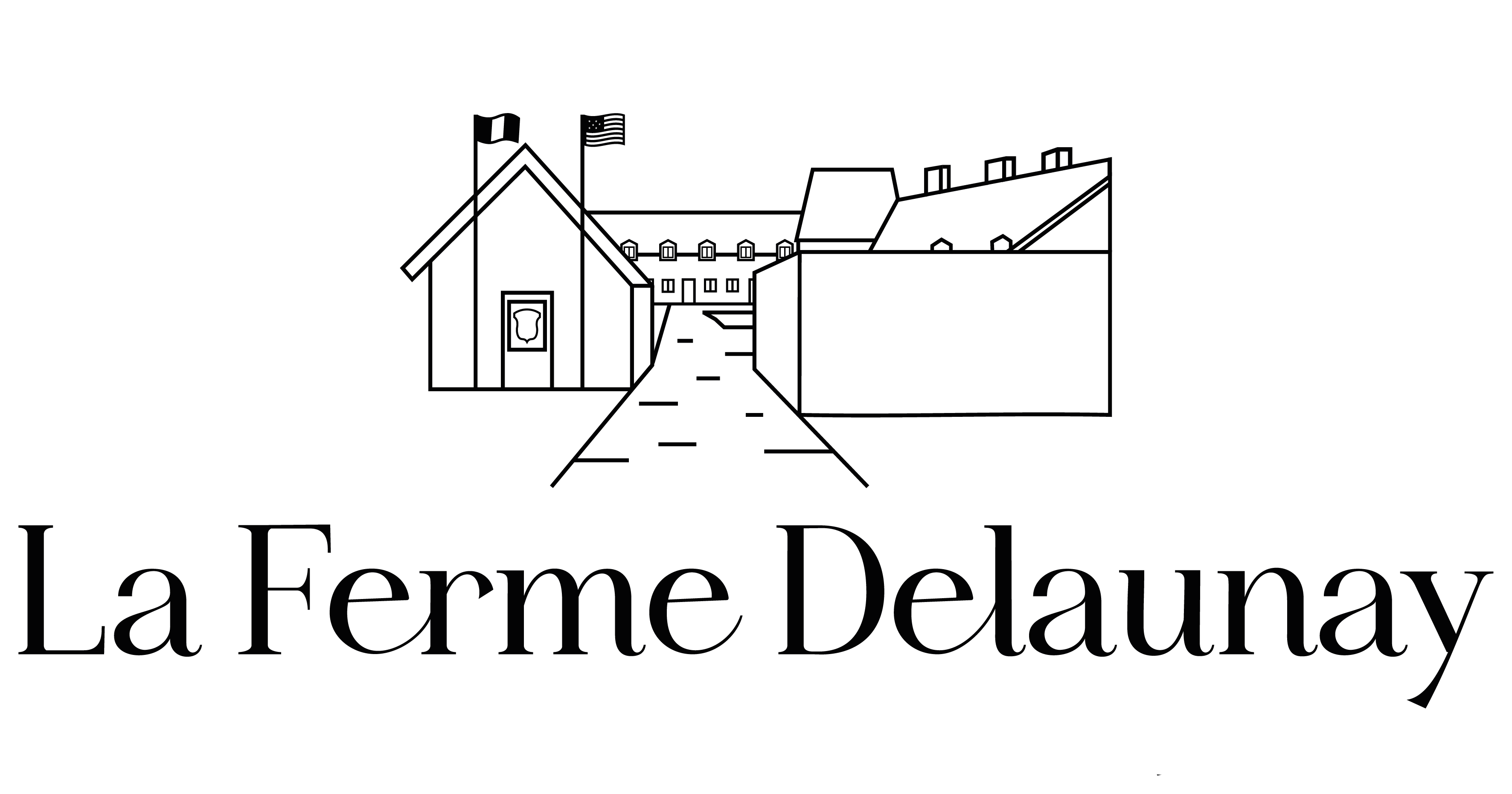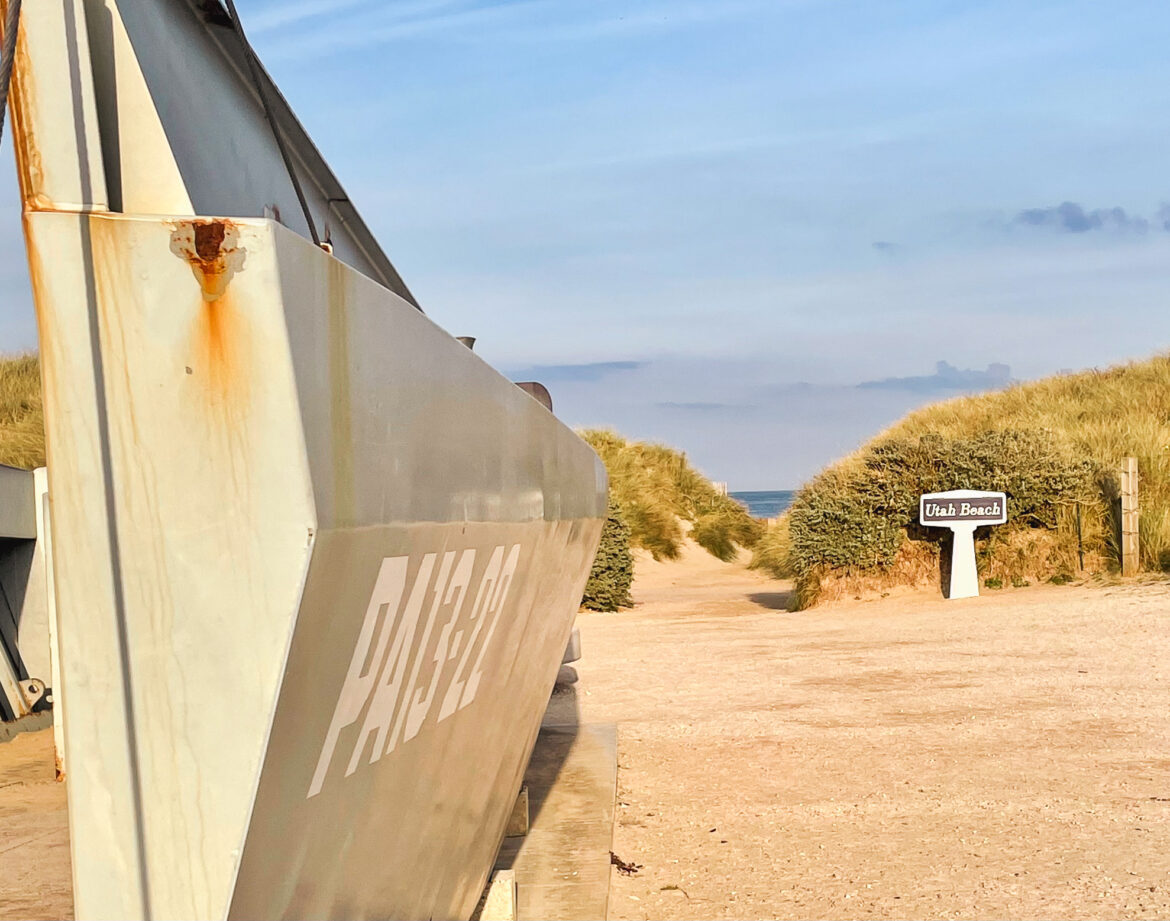Utah Beach, its history and secrets
You know the name, but you probably don’t know everything about this beach! In the course of this article, let us introduce you to Utah Beach, and it will no longer hold any secrets for you.
Where does the name Utah Beach come from?
Utah Beach takes its name from the Allied assault on the morning of D-Day, June 6, 1944, during the Second World War. As in any military operation, code names are determined, so this name joins the 4 other Normandy beaches of Operation Overlord.
As a reminder, these 5 beaches and their code names are, from East to West: Utah Beach, Omaha Beach, Gold Beach, Juno Beach and Sword Beach.
In addition, the geographical points on each beach correspond to the military division of the Allied forces. As their names suggest, Omaha Beach and Utah Beach correspond to the landing of American troops.
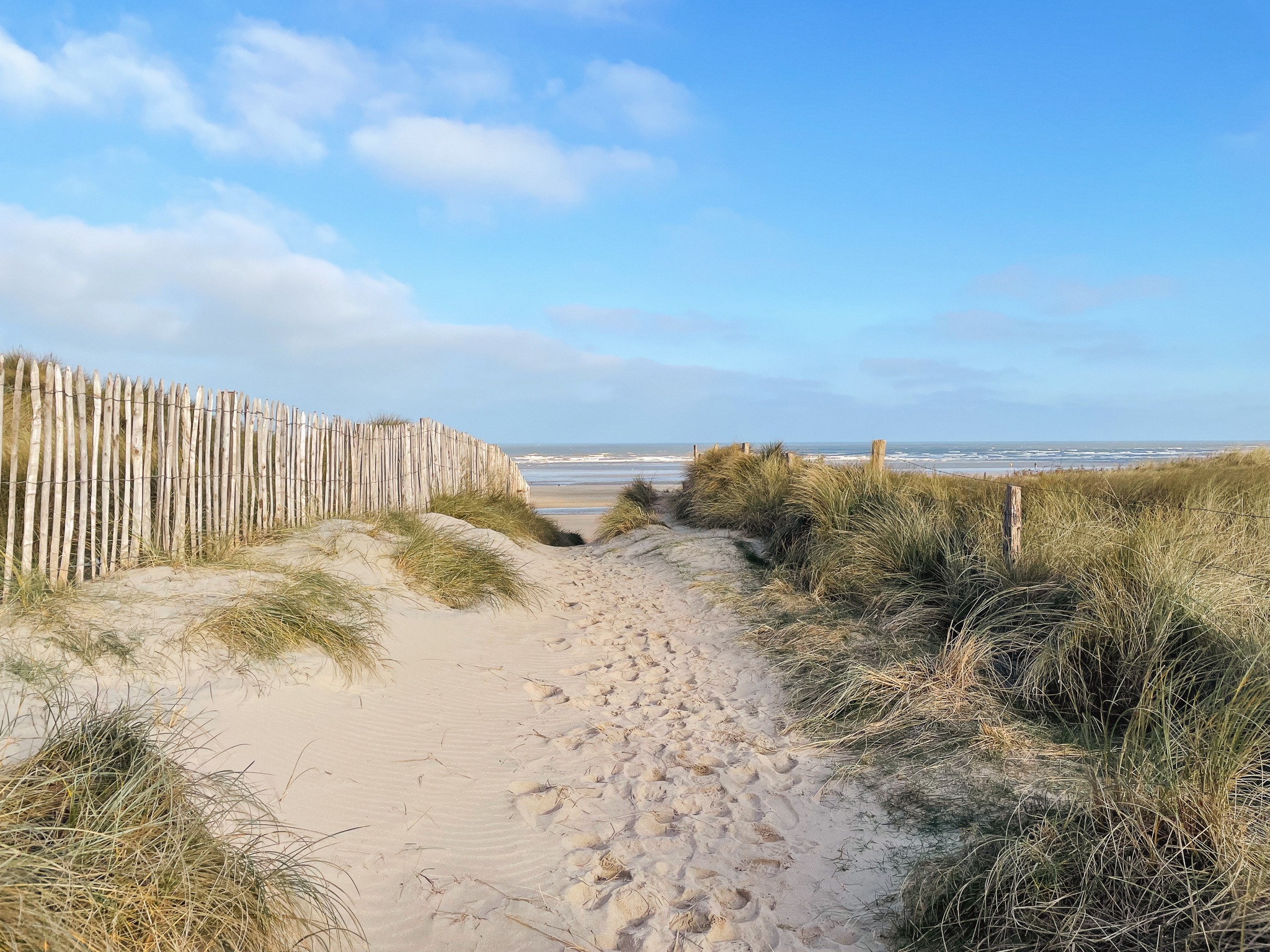
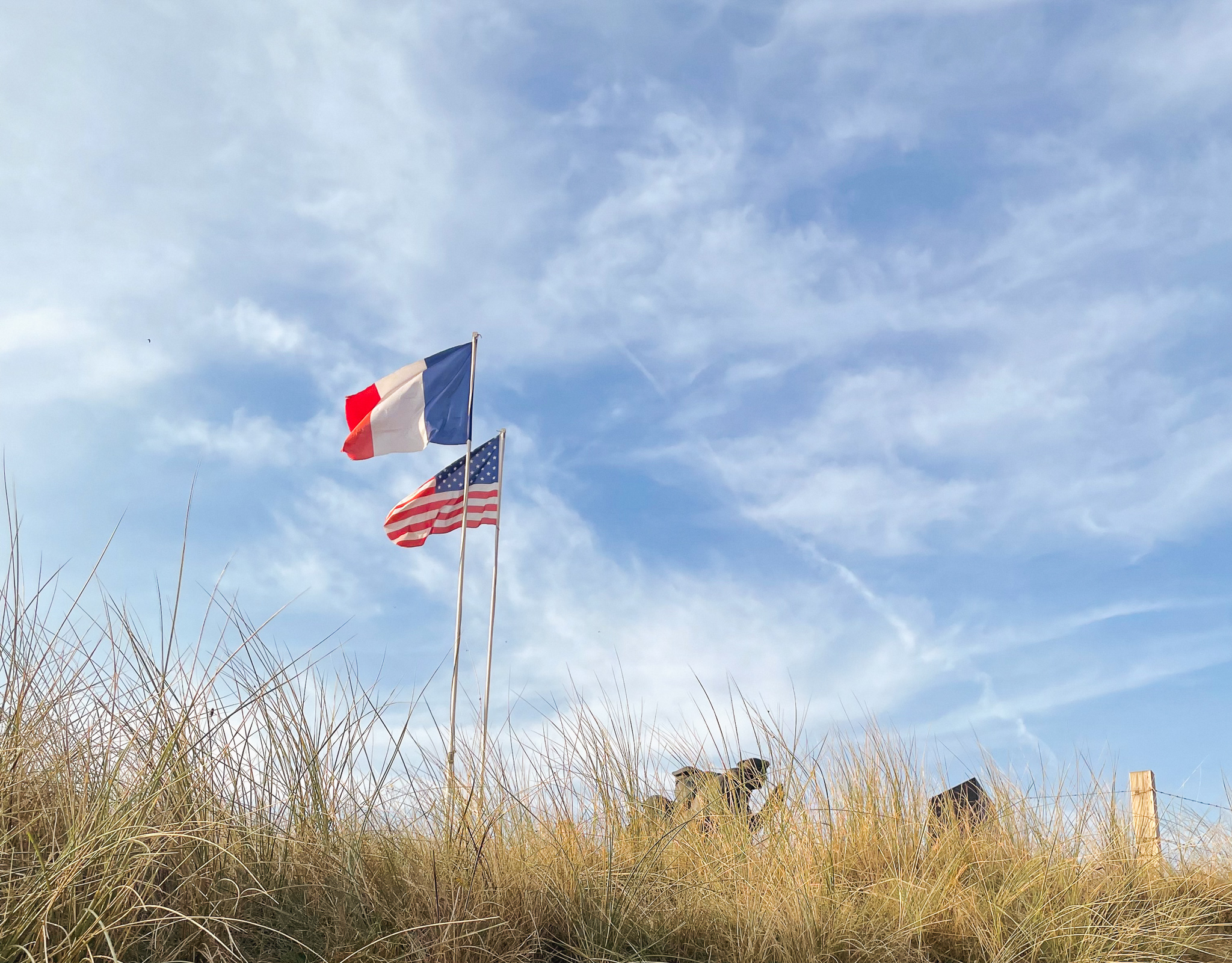
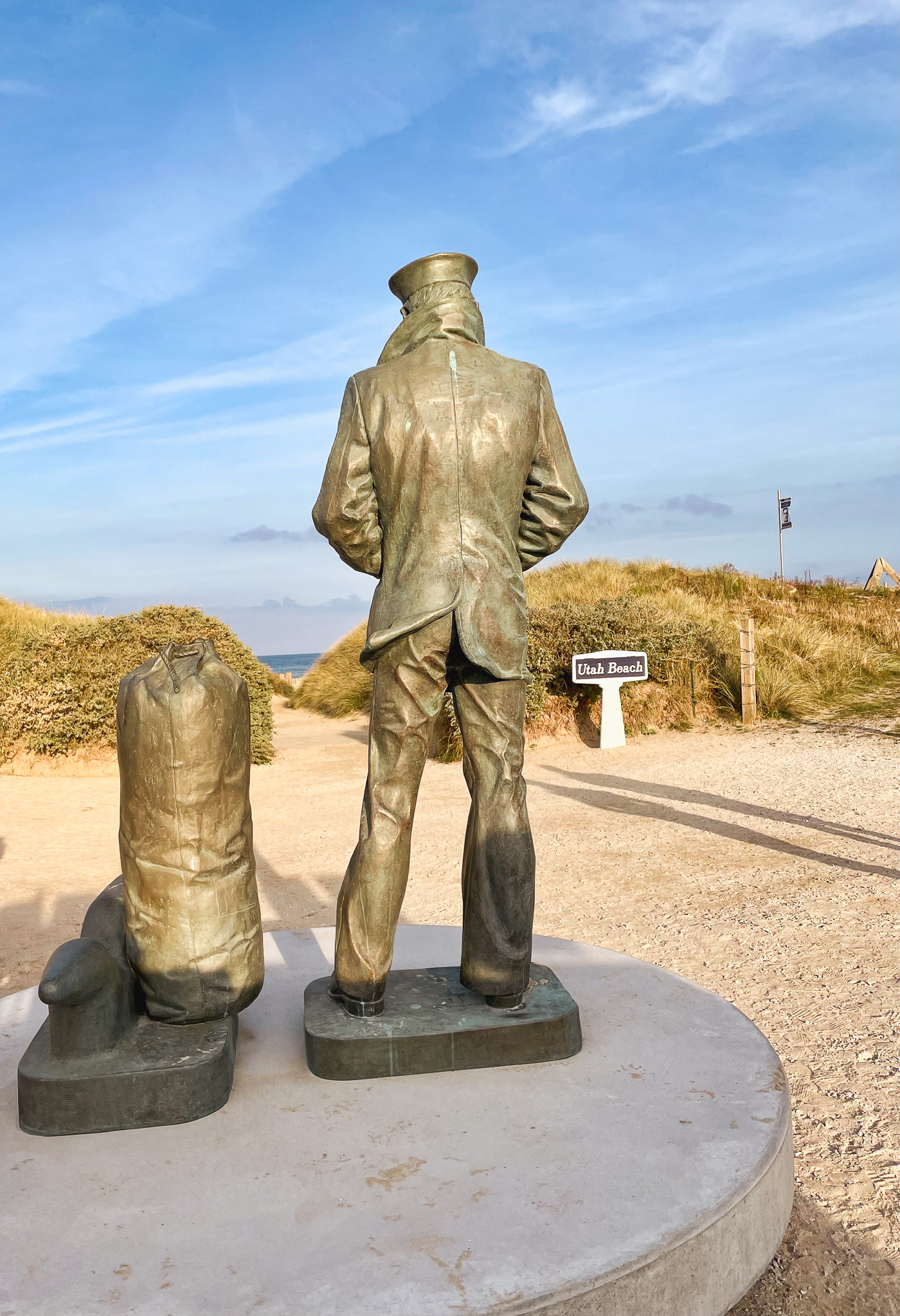
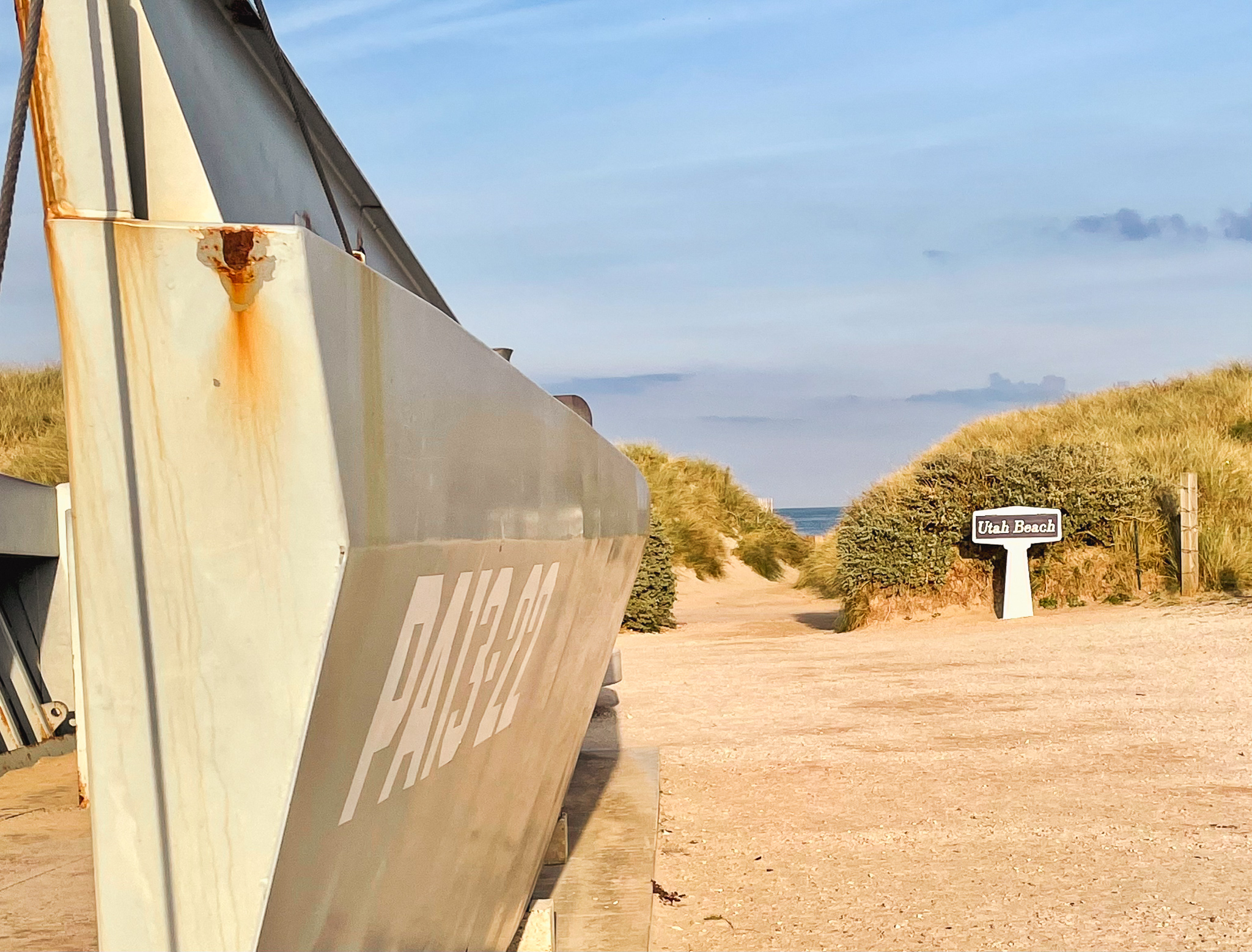
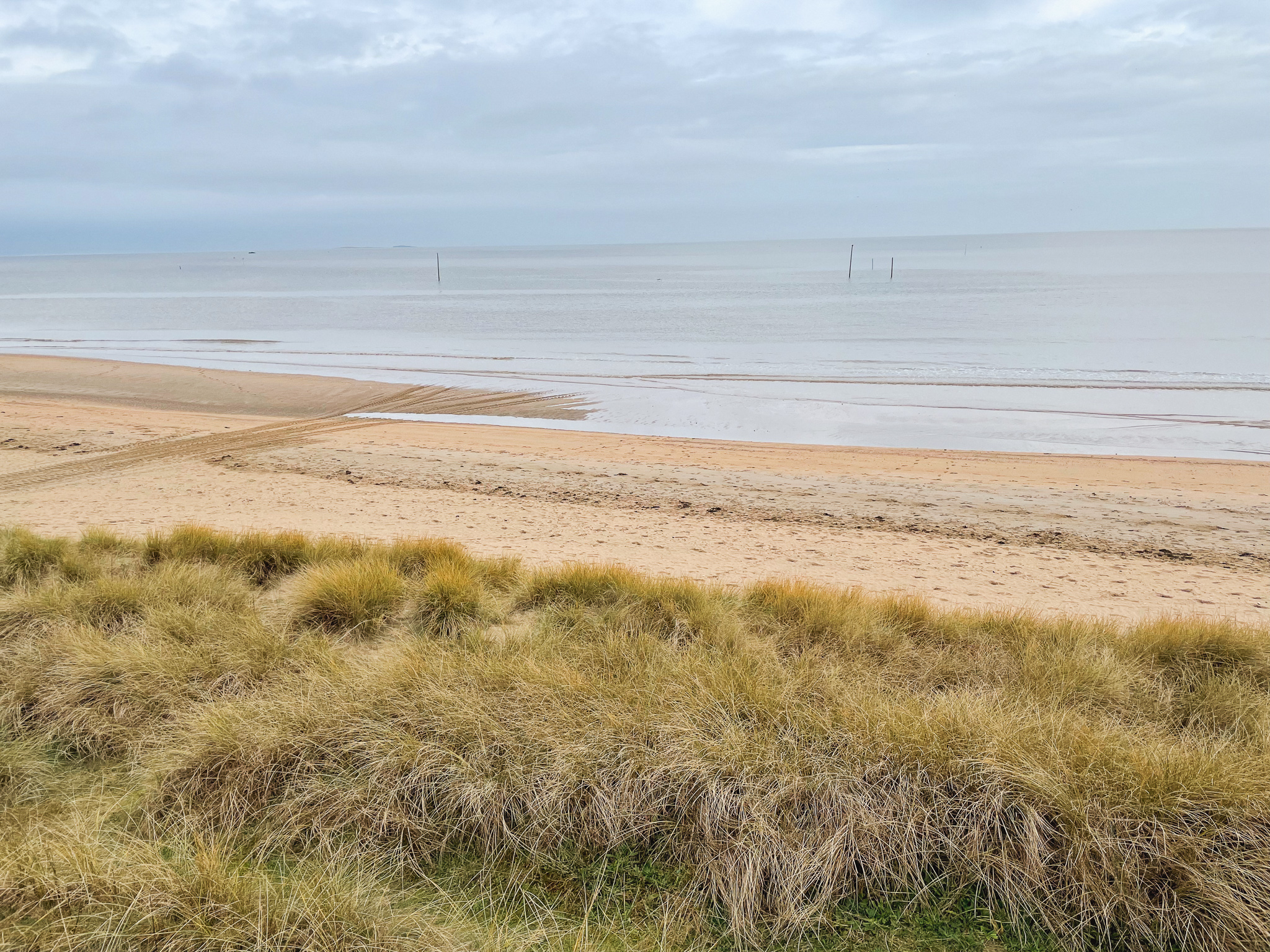
The only D-Day beach in the La Manche département
Utah Beach is the most westerly beach on the Normandy coast, and was added to the original plan by British General Montgomery to facilitate the capture of the port of Cherbourg. Its deep waters made it an important strategic point for unloading supplies at high speed.
Utah Beach is the only D-Day beach in the La Manche département, the others being on the Calvados coast. It stretches along around 5 km of coastline, covering several communes in the area, from Sainte-Marie-du-Mont via Ravenoville to Quinéville.
The purity of an unspoilt coastline
The first thing you’ll find all over Utah is nature, which, despite the passage of time and its history, has retained all the purity of a wild coastline.
The dunes are vast expanses of sand, exposed by the ebb and flow of the tides. Whichever spot you choose, you’ll be able to see the port of Saint-Vaast-la-Hougue to the west, or the cliffs of Pointe du Hoc to the east.
It’s for all these reasons that we’ve decided to name one of our gîtes : Gîte Utah.
